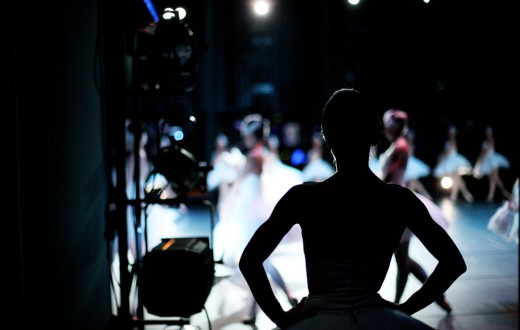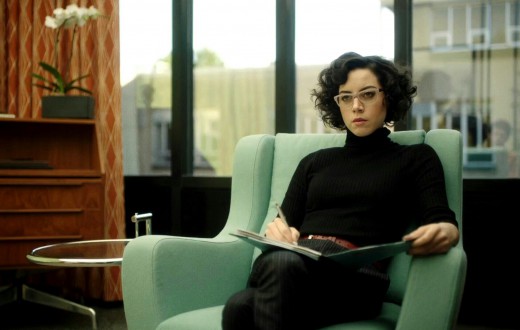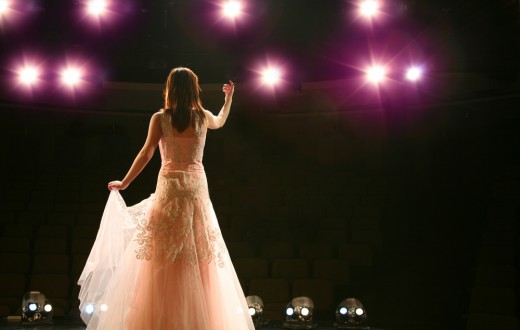Masked theater is a form of performance where actors wear masks to portray characters, tell stories and improvise. Think Phantom of the Opera.
We have a lot to talk about so grab your favorite liquid drink, lean back and get ready to learn!
The roots of masked theater can be traced back to ancient Greek theater, where actors wore masks to signify different characters and emotions. This tradition continued in other cultures throughout history, such as Japanese Noh theater, Italian Commedia dell’arte, and Balinese dance-drama.
The use of masks serves several purposes. One of the primary functions is to enhance the performer’s physicality and expression. Because the actor’s face is covered, they must rely on their body movements and gestures to convey emotions and communicate with the audience. Masks can also create a sense of anonymity and universality, allowing the actor to embody a character without being limited by their own identity or appearance.
In addition to enhancing performance, masks can also have symbolic meanings. Different types of masks can represent specific characters, emotions or themes. For example, a red mask may represent anger or passion, while a white mask may represent purity or innocence.
Masked theater can be found in various forms and genres, from traditional ritual performances to contemporary experimental theater. Training for masked theater often includes physical movement, voice work and character development, as well as the technical skills required to create and manipulate masks.
I’m not going to go further into the history of masks here because there’s so much to share; I want to bring us to more current times.
MODERN ERA
In the modern era, masked theater has continued to evolve and adapt to new cultural contexts and artistic movements. Artists and theater companies around the world have experimented with new forms of masked performance, using materials such as paper-mache, latex and digital technologies to create innovative and thought-provoking works.
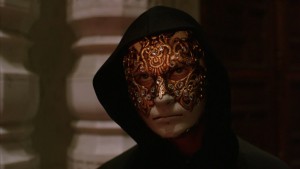
Now, I know I said I wanted to bring us into the present, but wearing masks is not just for theater. In the 1999 film Eyes Wide Shut, Tom Cruise and the cast wore masks. I’m sure you can think of many other films and television series that used masks. We would love to hear it! Follow DirectSubmit NYCastings to let us know!
Moving along, but still talking about film…
The use of masks has also been a popular device in certain genres, such as horror and superhero films. Masks can create a sense of mystery and suspense, allowing the audience to project their own fears and desires onto the character. In superhero films, masks are often used to conceal the hero’s identity and create a sense of mythic significance.
And the COVID-19 pandemic brought about new challenges and opportunities for actors wearing masks. In theater productions and film sets, actors had to wear masks to comply with safety protocols, which forced them to adapt their performances to the new restrictions. Some filmmakers and theater directors have even incorporated masks into their productions as a creative choice, using them to explore themes of isolation and identity.
How Masks Can Enhance a Performer’s Physicality and Expression
By covering the actor’s face, masks force them to rely more on their body language and gestures to communicate with the audience. This can lead to a heightened sense of physicality, as the actor must use their entire body to convey emotion and create character.
Masks can also help to amplify the actor’s expressions, as the exaggerated features of the mask can create a larger-than-life effect. For example, a mask with exaggerated eyebrows or a prominent nose can create a distinctive visual image that enhances the character’s personality and emotions.
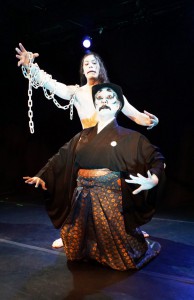 Masks Can Create a Sense of Anonymity and Universality
Masks Can Create a Sense of Anonymity and Universality
We briefly touched upon this above.
Because masks are often stylized and symbolic rather than realistic, they can represent a wide range of archetypal characters and emotions that are recognizable across different cultures and time periods.
For example, a mask that represents a tragic hero or a clown can evoke universal emotions of sadness, joy or humor that are familiar to audiences from all backgrounds. This universality can create a powerful connection between the performer and the audience, as they share a common language of expression that goes beyond the limitations of individual identity.
The anonymity created by masks can also help to break down social barriers and create a more inclusive and diverse performance environment. Because the mask conceals the performer’s individual features, it becomes less important to cast actors based on their appearance, ethnicity or gender. This can lead to more opportunities for performers from diverse backgrounds and create a more inclusive and representative performance community.
Skills and Techniques Required for Masked Theater
Masked theater is a highly specialized art form that requires a unique set of skills and techniques to be mastered. movement, voice and character work
Physicality: Masked theater is highly physical, and actors must have a strong understanding of body language, movement, and gesture. This includes techniques such as mime, acrobatics, and dance, as well as the ability to use the body to convey emotion and character.
Voice: Because masks often cover the actor’s face and restrict facial expression, vocal technique becomes especially important. Actors must have a strong understanding of vocal projection, diction and rhythm, as well as the ability to use their voice to convey emotion and character.
Mask-making: In some forms of masked theater, actors are also responsible for creating their own masks. This requires a range of artistic skills, such as sculpting, molding, and painting, as well as a deep understanding of the symbolism and meaning behind different mask designs.
Improvisation: Because masked theater often involves spontaneous interaction with the audience, actors must have a strong improvisational ability. This includes the ability to think on their feet, adapt to changing circumstances and create spontaneous moments of comedy or drama.
Ensemble Work: Masked performance often entails ensemble work, with actors working together to create a unified performance. This requires strong teamwork, trust, and collaboration, as well as the skill to work cohesively.
Emotional intelligence: Masked theater often requires actors to convey complex emotions and characters through physicality and vocal technique alone. This requires a deep understanding of human emotions, as well as the ability to create fully-realized characters that are both nuanced and compelling.
Storytelling: At its core, masked theater is about storytelling. Actors must have a strong understanding of narrative structure, pacing and character development, as well as the ability to engage and captivate the audience with their performances.
While the use of masks in theater, television and film has waxed and waned throughout history, their enduring popularity and versatility prove that they will continue to be an important and impactful tool for performers for generations to come.


